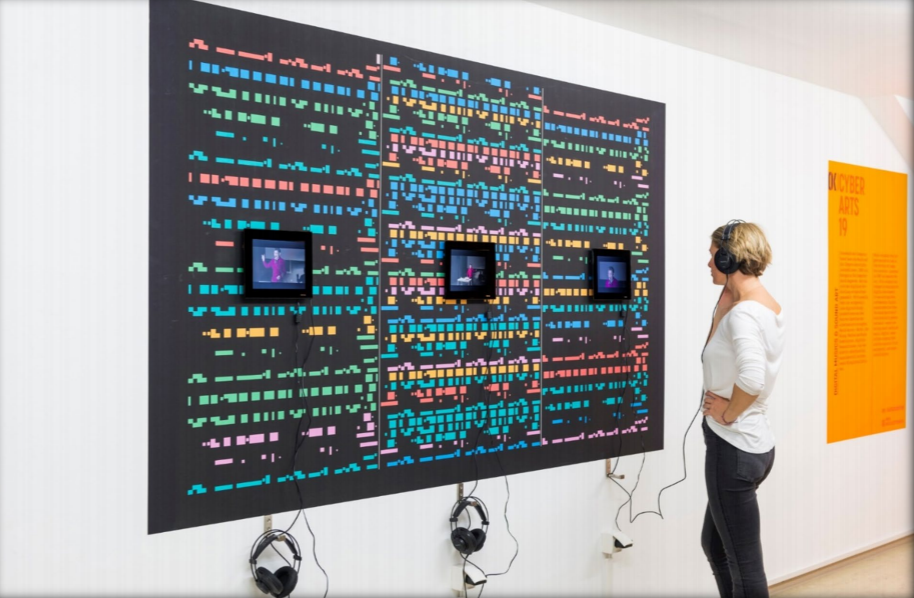
Topic: Voices from AI in Experimental Improvisation ppt
Author: Tomomi Adachi, Andreas Dzialocha, Marcello Lussana
Reference:
https://ars.electronica.art/outofthebox/en/voices-from-ai-in-experimental-improvisation/
Abstract:
Voices from AI in Experimental Improvisation is the attempt to improvise and interact with a computer software which “learns” about the performers voice and musical behavior. The program behind it, named “tomomibot”, is based on Artificial Intelligence (AI) algorithms and enables the voice-performer and artist Tomomi Adachi (human) to perform with his AI-self–learning over time from Tomomi’s past concerts. The project is not only a musical experiment with a non-human performer but also an undertaking to make computer culture “audible.” In giving “tomomibot” full agency in a human-machine interaction, the performance raises the question about the logic and politics of computers in relationship to human culture. What we hear is the result of human software design and computational logic, carving out the limited space of these machines while listening, interacting, and learning from them. Tomomi Adachi is a sound artist known for his intense, fragmented, and sound-based improvisation style which makes “tomomibot” more of a sound and noise machine than a “singing” software. This enables the program to learn from every sound source and type: What is the musical dramaturgy of orchestra music or war videos from YouTube? Through machine learning one can try to find and learn patterns in these sound documents and improvise musically with it, from the perspective of “tomomibot.” “Tomomibot” is a software based on LSTM (Long short-term Memory) algorithms, a form of sequential neural networks, deciding on which sound to play next, based on which live sounds it heard before. The software was designed and developed by Andreas Dzialocha. Experimenting with AI sound synthesis algorithms (WaveNet, WaveRNN, FFTNet) the developer Marcello Lussana generated a large database of sounds which sound like Tomomi. These sounds serve as the sound vocabulary “tomomibot” uses to improvise with human Tomomi.
